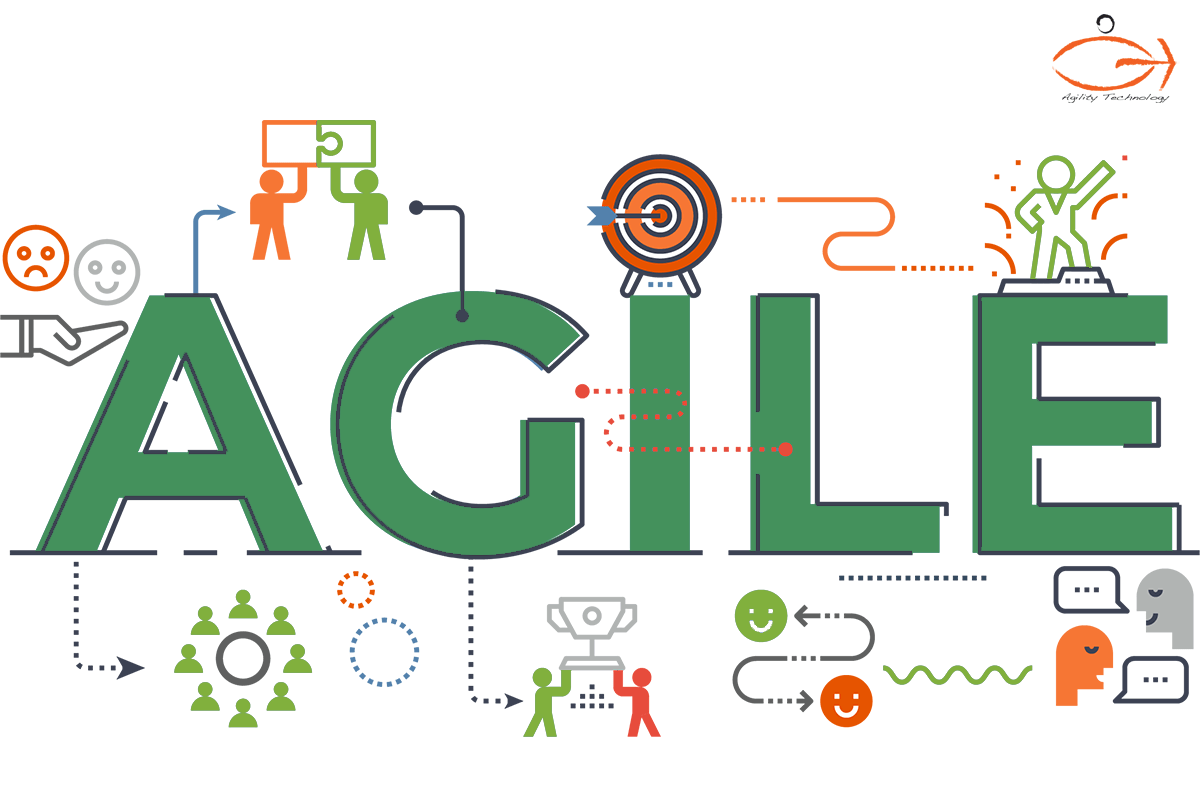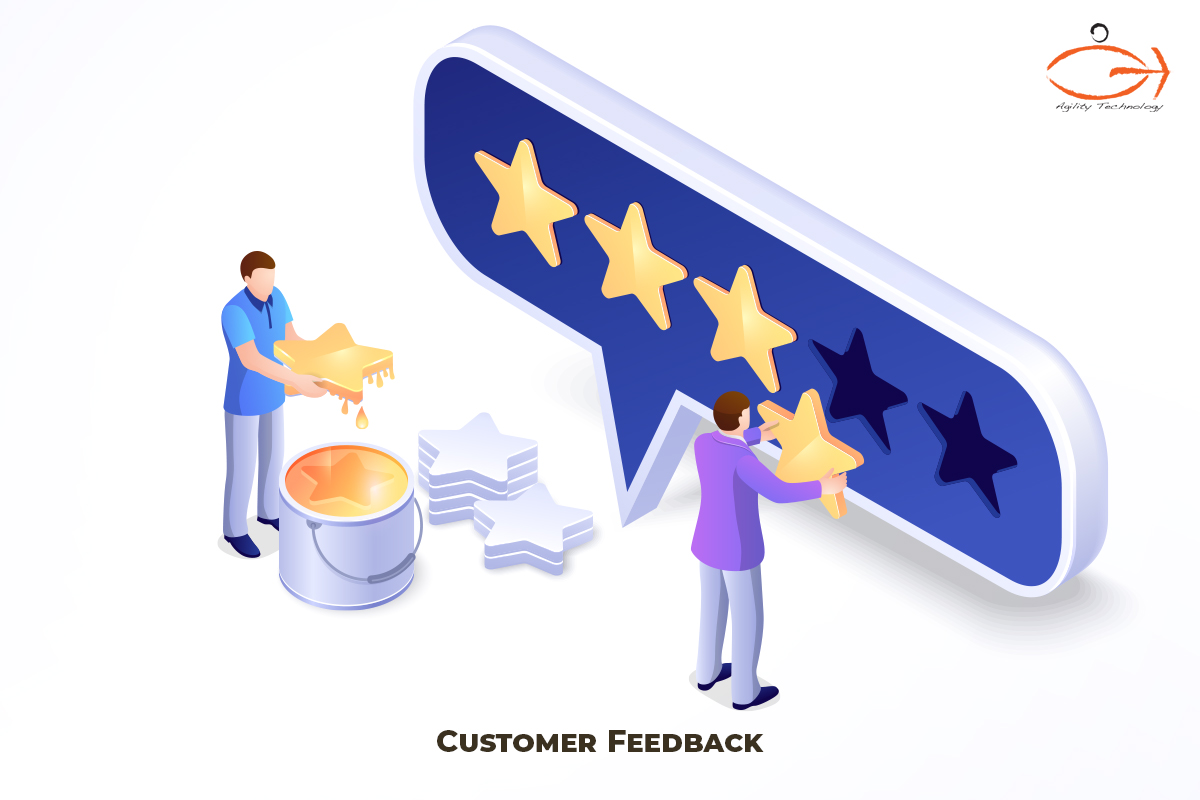

If your organization and you decided to go Agile, chances are that no one did an organizational or a project level evaluation if Agile would be the best fit. You may even hire an Agile coach, have employees attend Agile training, or have your process guru write a “blueprint” or “best practices” for Agile teams. In spite of doing all this due diligence and preparation there is a healthy skepticism at the individual, team and organizational level whether we are ready for Agile and if it will work for your organization. That doubt transforms to reality that is where the cover-up for the leadership starts, the teams use Agile terms but essentially are still doing some variation of Waterfall.
Here are the main reasons for failure of Agile adoption in any organization:
Agile is a Silver Bullet?

Agile is NOT a Silver Bullet! If you do not evaluate your organization’s inefficiencies then an Agile methodology or framework will not help. An organization needs to understand their rationale for moving to Agile along with the leadership responsibilities to make Agile successful.
Organizational Process Inertia

Inertia of established processes and practices are a huge hurdle for people and organizations to overcome. Practices and processes along with the mindset of people make this change harder. It will manifest itself in the daily standup being an hour-long meeting so that the “Project Manager” can get the latest update and replan the sprint.
Waterfall Project Management Hangover

Old habits die hard !!! Change is hard, and it is harder at an organizational level. Organizations and people keep reverting back to the older waterfall project management process because of familiarity and urgency to get work done.
Talking the Talk BUT not Walking the Walk

Knowing the rules of a game does not make you a better player, what makes you a better player. A lot of emphasis is paid by teams on the ceremonies and artifacts without understanding the core of Agile. Teams and organizations end up emphasizing greater value on the ceremonies, processes and documentation rather than focusing on delivering value and leveraging the review and retrospective meeting to make the process and product better.
No Metric of Success

Globally organizations spend millions of dollars to go Agile, however, they do not have an established Agile project management metric of measure to know if they are succeeding more with Agile. In the absence of this measurable metric it is impossible for organizations to know how well their adoption of Scrum is going.
Lack of Trust

Lack of trust between the leadership and the team and also amongst team members prevents the teams to become self-organized and self-managed. This is amongst the biggest value loss to make these teams motivated to take ownership of their work and the product.
Customers don’t Understand Agile

Customer engagement is paramount for a successful product evolution. If the customers do not understand Agile and the importance of their early involvement then they lose the biggest advantage of adopting Agile. The empirical process, a key to Agile success, requires an early feedback to evolve the product and reduce wastage.
Investing in People Development

Most organizations feel that attending a CSM or a CSPO class makes the organization an Agile expert. Constant coaching, teaching and learning is essential to get a better team member and as a result a better team. The intent of the organization should be evolving their workforce to have more full stack developers.
Bottom line is that before embarking on an Agile transformation leadership should answer the following questions:
Very nice post. I just stumbled upon your blog and wished to say that I’ve really enjoyed surfing around your blog posts. After all I will be subscribing to your rss feed and I hope you write again very soon!